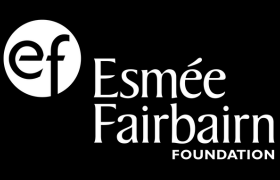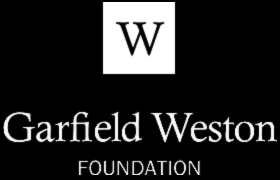
When the Second World War broke out in 1939, towns like Barrow nervously waited for the bombing to start; they knew the shipyard and steelworks were prime targets. The bombers, when they came, didn’t just hit industry; they killed civilians and destroyed homes.
This exhibition is based on images Edward Sankey and his sons, Raymond and Eric, took before the war. It is a memorial to those who lived, died or were injured in Barrow during the bombings which took place before, during and after the major air-raids of April and May 1941.
These photographs and accompanying information are offered in the hope of giving a new perspective on streets and buildings which were destroyed; and to serve as a reminder that the events of 80 years ago not only still shape our lives, but our town too. This is also a tribute to those who helped the bomb victims, and a recognition of the town’s defence services and those who maintained their war-work through the worst of it all.
The churches, pubs, theatres and shops, and especially homes shown in the exhibition, were places that the people who lived in Barrow knew and loved; part of their everyday lives.
The destruction of a building however, could not match the sorrow felt over the killing of an estimated 100 men, women and children in Barrow (not all of them local), or heal the pain of the several hundred who were injured. The official records show the youngest fatality was nine-month old Barbara Carr of Vernon Street; the oldest person was Catherine Pratt, aged 84, of Hollow Lane.
Of course, it was not only civilians in Barrow who paid a terrible price. Many from the Furness area joined the armed forces; some were killed, others injured.
An estimated 300 Barrovians were killed on active service. Many people from Barrow also risked much, supporting those on the front-line of the fighting, or helping the war effort by working in other places which were even more heavily bombed.
This exhibition is not about any one person in particular, but in memory of all those who faced danger – with great courage and determination – in order to defeat the Nazis.
Special Thanks
Special thanks go to Andrew Bolton, Dr Peter Schofield, Geoff Holme, Jean McSorley, John Harrison, Martin Bates, Peter Laird, Peter Naylor and Rod White for their hard work on the exhibition.
Additional thanks to Jean for advising on, and providing research material for a number of the contributions.
The Barrow Blitz timeline has been put together by John Harrison. The in-depth research into the location of Barrow’s War Graves has been created by Rod White. The introduction has been written by Jean McSorley with additional input from the group.
We also thank Frances Dibble, Ada Linward, Fred Keenan, Ed Parker and Albert Benson for kindly letting us record their memories of the Barrow Blitz. The Oral Histories were collected and edited by John Harrison and Peter Laird.
Many thanks to Susan Benson, archivist at the Barrow Archives and Local Studies Centre, who has done so much to help with this exhibition especially in helping with access to archives material for research.
Our thanks too to Sabine Skae of the Dock Museum for allowing the use of images from the museum’s collection, and the Evening Mail for permitting the use of images from the Mail’s archives.
The number of the images featured in the exhibition were taken by an unknown Vickers photographer and were in a collection of prints in the GMES (East Shop) that was rescued from being disposed of by the late James Swainson Littlewood. Mrs Lilian Littlewood has kindly agreed these can be used in this exhibition. Thanks to Graham Baines for scanning the images – many of which have not been shared in public previously.
We thanks Robbie Gallagher for designing the Blitz website.
Finally, our thanks and gratitude to Joan Sankey and the Sankey Family for kindly donating the entire collection to Cumbria Archives and making this project possible.
This exhibition has been put together in good faith by volunteers, and every effort has been made to verify information and references where possible. The references have been added to individual contributions where applicable.
Please note that due to the lockdown, accessing some original material has not been possible; in some cases (reputable) secondary material has been relied on.
Further, there are long-standing discrepancies between some of the details given e.g. the number of houses destroyed directly by bombs; those demolished afterwards and those which were damaged. This is most likely due to how information was recorded and shared – and the time of reporting (ie. during the war, or after it).
If you have any source material (originals, or copies) which can be used to rectify any errors, or key additional information, then please contact julia@signalfilmandmedia.co.uk
Share your feedback on this exhibition by filling out this short survey
If you are interested to find out more about the project or to get involved please contact julia@signalfilmandmedia.co.uk
With thanks to our funders:


















